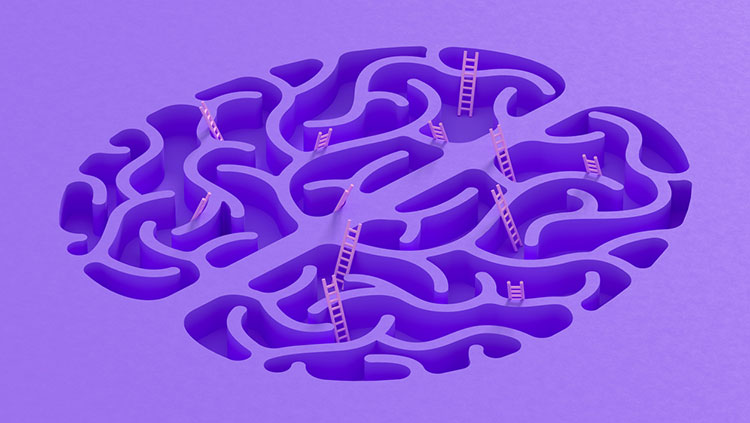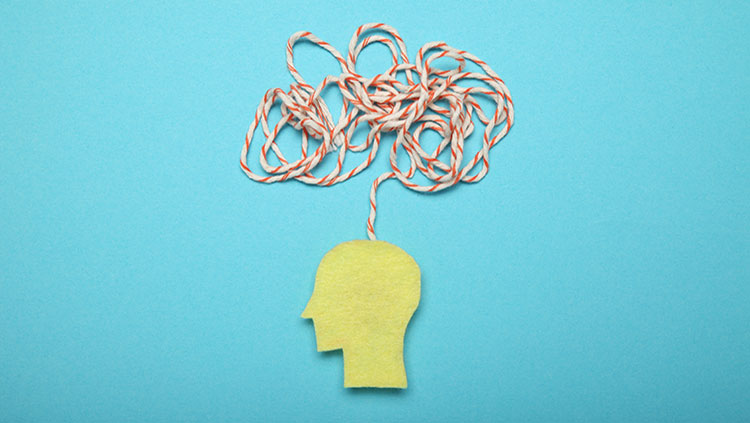Sending and Receiving Pain and Messages
- Published1 Apr 2012
- Reviewed1 Apr 2012
- Source BrainFacts/SfN
Processing information from the sensory systems is one of many functions of the brain. Such information is often the first step in other brain activities, including learning and retaining knowledge.
Pain and itch messages are transmitted to the spinal cord via small, myelinated fibers and C fibers, very small, unmyelinated fibers. The myelinated nerve fibers are very pain-sensitive, and they probably evoke the sharp, fast pain that is produced by, for example, a pinprick. C fiber-induced pain, by contrast, is generally slower in onset, dull, and more diffuse.
In the ascending system, impulses are relayed from the spinal cord to several brain structures, including the thalamus and cerebral cortex. These structures are involved in the process by which pain or itch messages become a conscious experience. The experience of pain or itch is not just a function of the magnitude of the injury or even the intensity of the impulse activity generated. Other factors, such as the setting in which the injury occurs (e.g., in childbirth or in a car accident), as well as the emotional impact, also determine our overall response to the experience.
Pain messages can be suppressed by systems of neurons that originate within the gray matter in the brainstem. These descending systems suppress the transmission of pain signals from the dorsal horn of the spinal cord to higher brain centers. Some of these descending systems use naturally occurring chemicals, the endogenous opioids, or endorphins, which are functionally similar to morphine. Recent findings indicating that endorphins act at multiple opioid receptors in the brain and spinal cord have had important implications for pain therapy. For example, scientists began studying how to deliver opioids into the spine after discovering a dense distribution of opioid receptors in the spinal cord horn. After a technique for delivering opioids into the spine was used successfully in animals, such treatments were begun in humans; the technique is now common in treating pain after surgery.
Modern imaging tools are used to help scientists better understand what happens in the brain when pain is experienced. One finding is that no single area in the brain generates pain; rather, emotional and sensory components together constitute a mosaic of activity leading to pain. Interestingly, when people are hypnotized so that a painful stimulus is not experienced as unpleasant, activity in only some areas of the brain is suppressed, showing that the stimulus is still experienced. It just doesn’t hurt anymore. As such techniques for brain study improve, it should be possible to monitor the changes in the brain that occur in people with persistent pain more effectively and to better evaluate the different painkilling drugs being developed.
CONTENT PROVIDED BY
BrainFacts/SfN
Also In Pain
Trending
Popular articles on BrainFacts.org

















